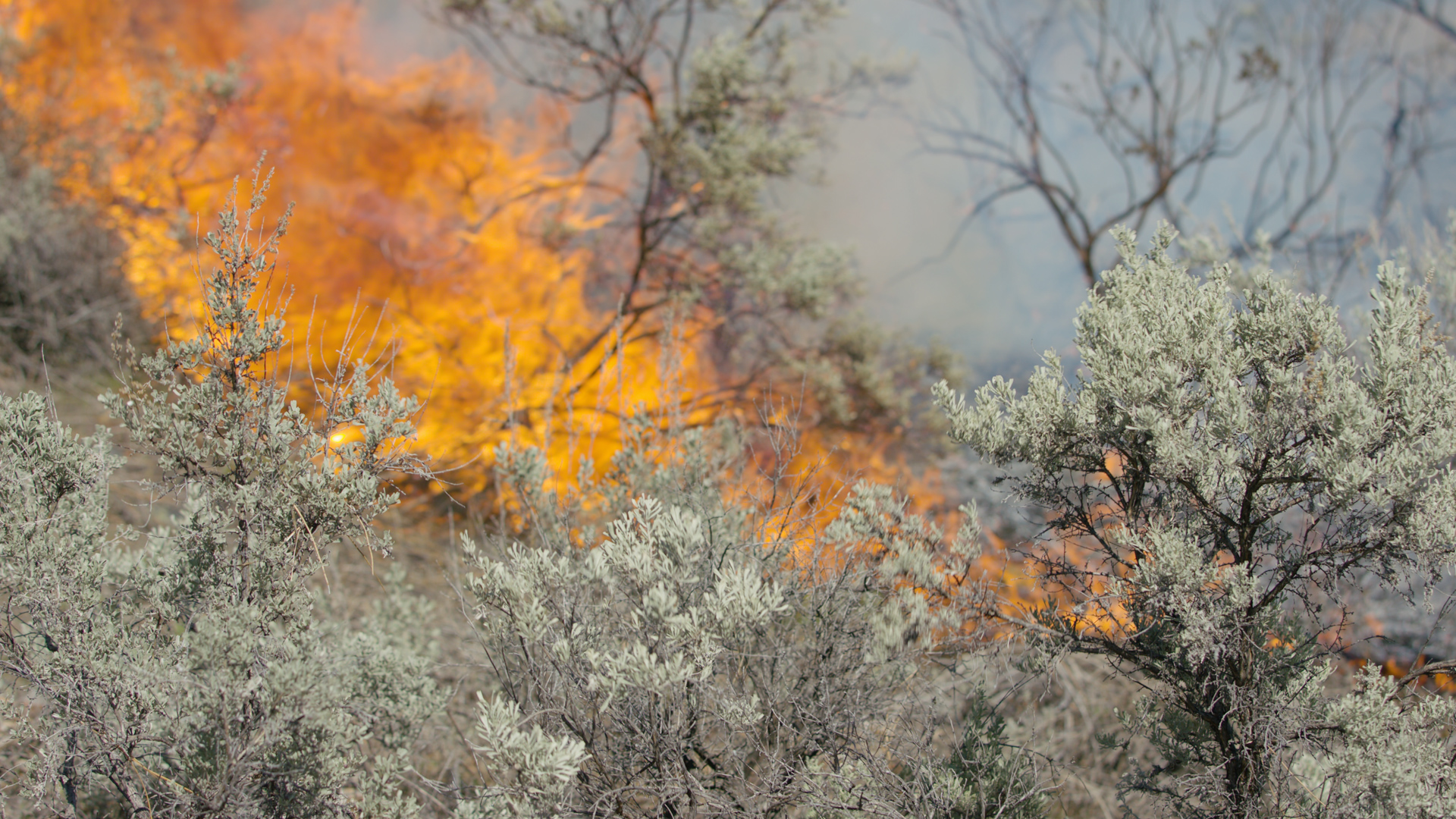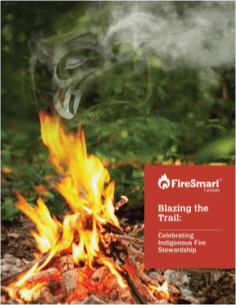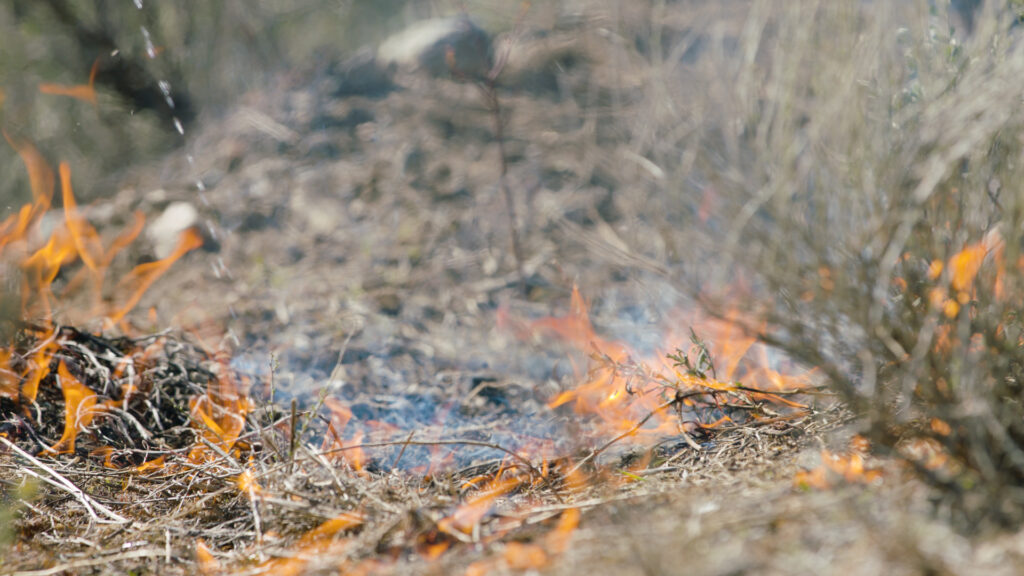In many Indigenous cultures in Canada, fire is a sacred and powerful element that can help on landscapes and in ceremony.
Indigenous communities have in many ways been leading wildland fire mitigation and prevention in Canada since time immemorial, relying on local Indigenous knowledge systems. Indigenous communities have various current and emerging fire stewardship practices in support of cultural revitalization, resilience and pride, and (emergency) preparedness.
Quote from page 4, Blazing the Trail
A Conversation with Fire Keepers
Filmed in Merritt BC, Rory Colwell, Fuel Management Superintendent, BC Wildfire Service, discusses the practice of cultural burning with two members of the Interior Salish Fire Keepers Society, Harry Spahan (Nlaka’pamux Nation) and Joe Gilchrist (Skeetchestn Indian Band).


